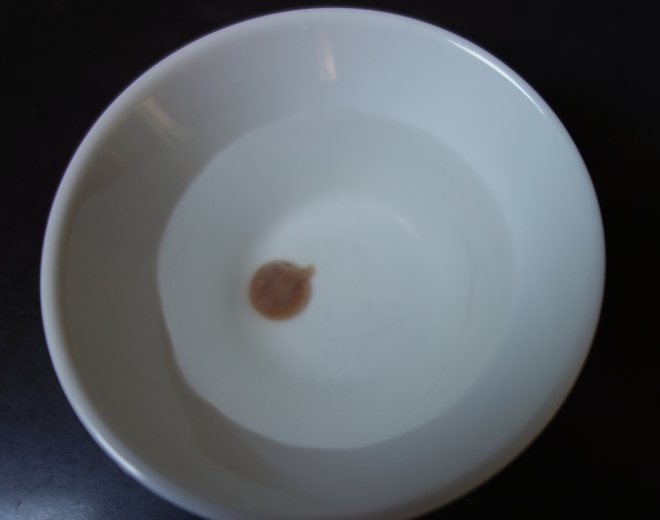It seems that in the last couple of years everyone has gone crazy for salted caramel which appears on every restaurant menu in some form or other. Then there’s dulce de leche, the unsalted caramel sauce that is beloved by South Americans. But just a bit further north, the Mexicans make something very similar, but with goat’s milk. This lends the caramel a delicious savoury note which balances the sweetness that can otherwise be a bit cloying if unadulterated. You need to like that goaty tang to enjoy this caramel though and if you don’t, you could just as easily substitute cow’s milk for goat’s in the recipe below.
The recipe is a direct lift from a great little cookbook, Mexican Food at Home, by Thomasina Miers who apparently won the British Masterchef competition some years ago. She went on to create a Mexican restaurant chain in London called Wahaca which is wildly successful and which has introduced the English dining public to real Mexican food.
This caramel is delicious slathered on bread, drizzled over ice-cream or yoghurt, or as a pancake filling, maybe with some banana and toasted walnuts for crunch. You could also sandwich it between little shortbread biscuits or perhaps as an unusual sponge filling. Or you could do as I do and eat spoonfuls of it directly from the jar.
Goat’s Milk Caramel (Cajeta)
1 litre goat’s milk
220g caster sugar
1 tablespoon vanilla extract
good pinch of salt
1/2 teaspoon bicarbonate of soda
1 tablespoon dark rum
In a deep heavy bottomed saucepan combine the milk, sugar, salt and vanilla extract and bring to the boil over a medium heat, stirring to dissolve the sugar. Mix the bicarbonate of soda with one tablespoon of water.
Take the milk off the heat and stir in the bicarbonate of soda mixture. The milk will bubble up furiously which is why you need a deep saucepan. Once it’s settled down, return the pan to the heat.
Here’s where you need a bit of patience. Over the next hour stir the mixture regularly until it has turned a caramel colour.

Keep cooking the mixture, perhaps turning the heat down a bit so it doesn’t catch on the bottom (or use a heat diffuser under the pan). What you’re looking for is a deep, rich caramel colour and a thicker texture. To test for the right consistency drop a small amount of the mixture into a cup of cold water. If it forms a soft ball rather than disintegrating into the water, it’s ready. You could also use a sugar thermometer and cook the caramel until it reaches 116C.

Take it off the heat and stir in the rum. Spoon into into a 500ml capacity jar, already sterilised if you plan to store it for any time.

The caramel will become thicker once it cools and it becomes hard to drizzle. To remedy that, pop the jar without its lid in a microwave for 20-30 seconds and it’ll become easy to pour.

Squisito!
